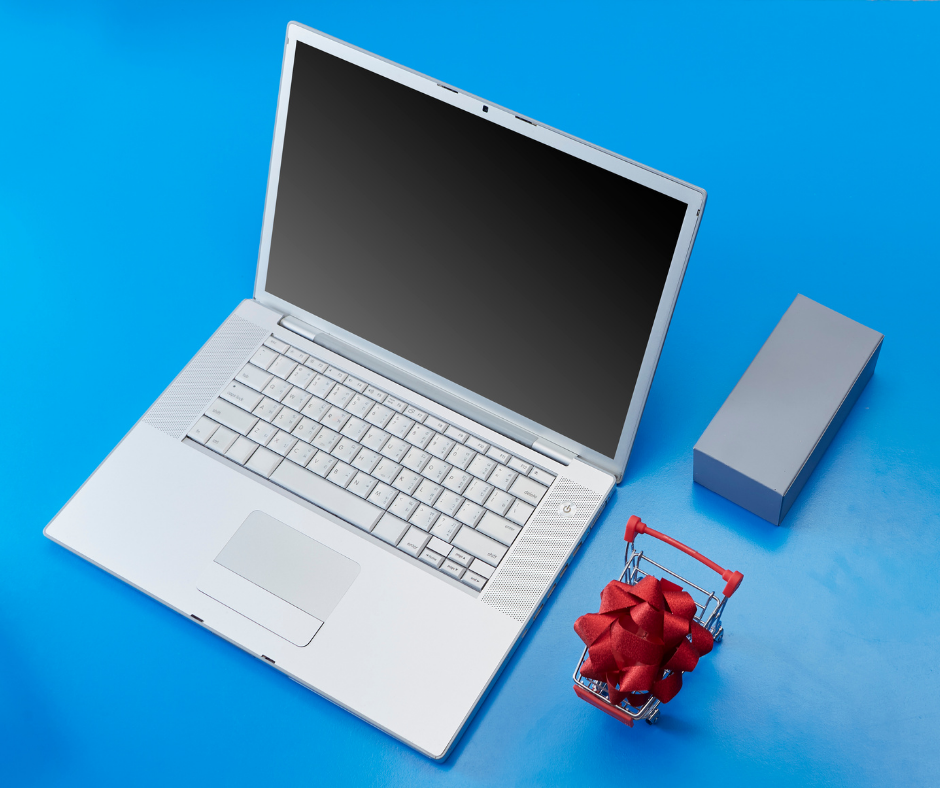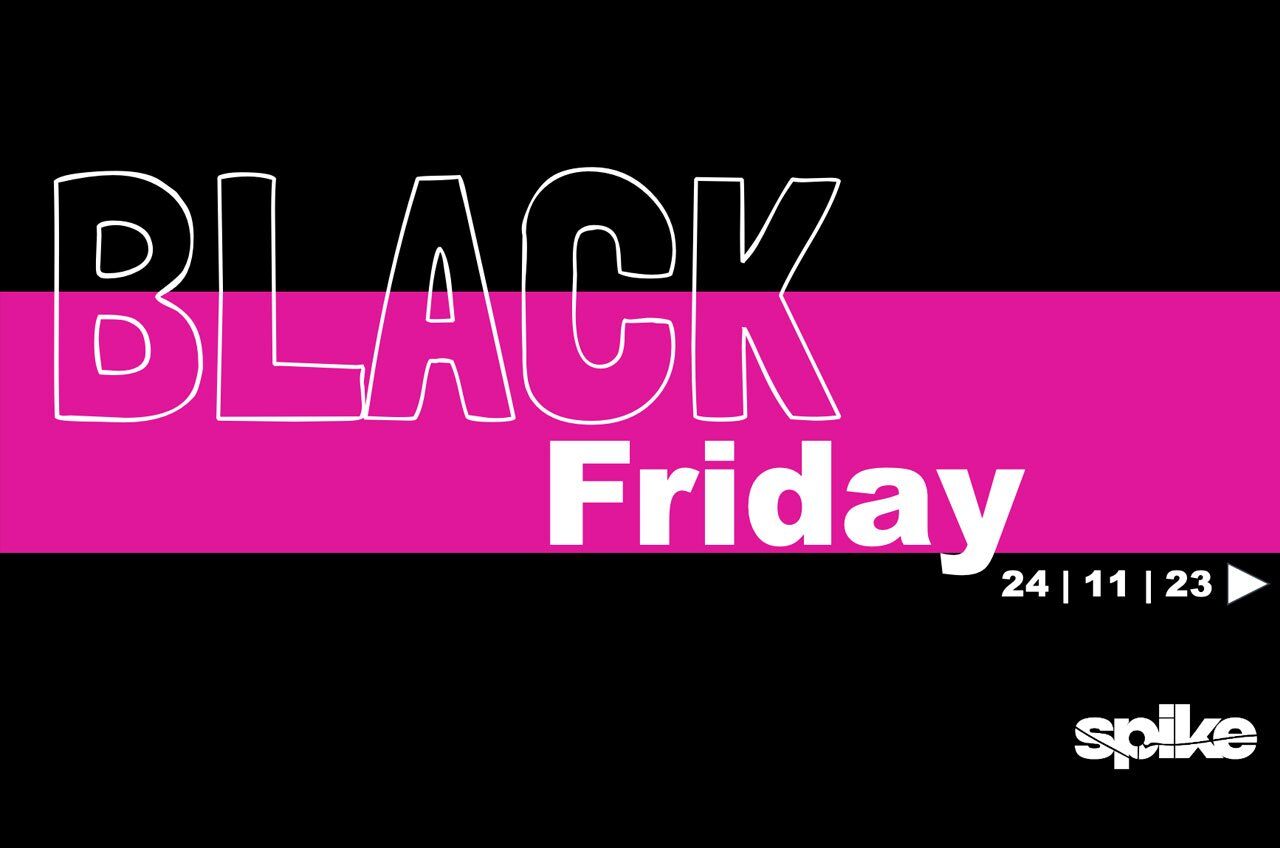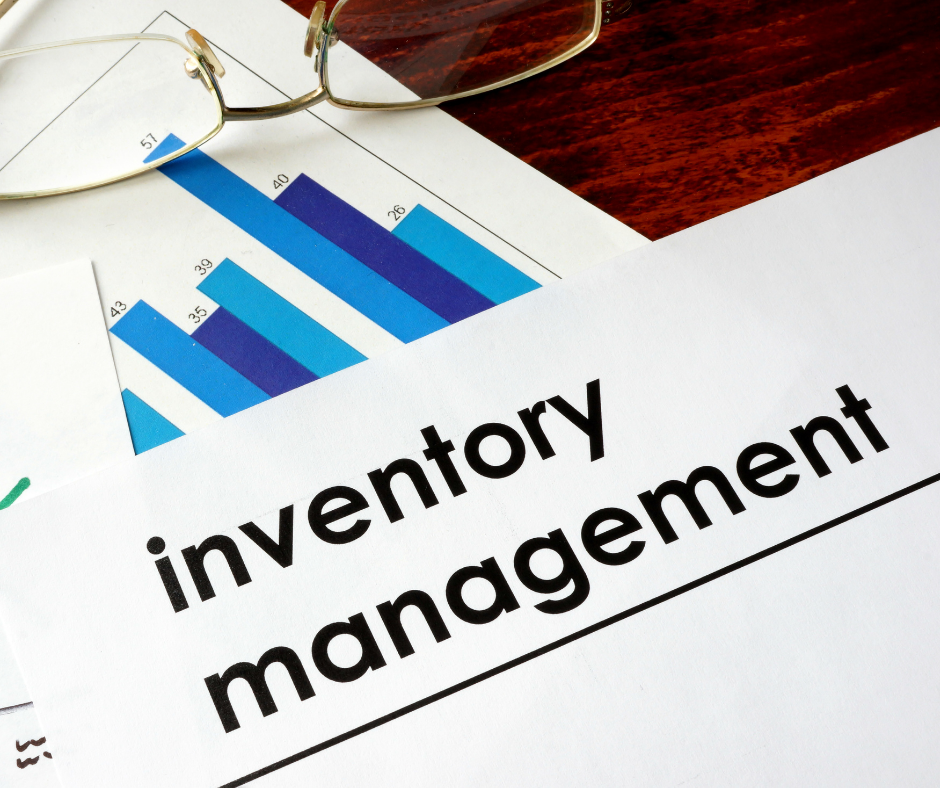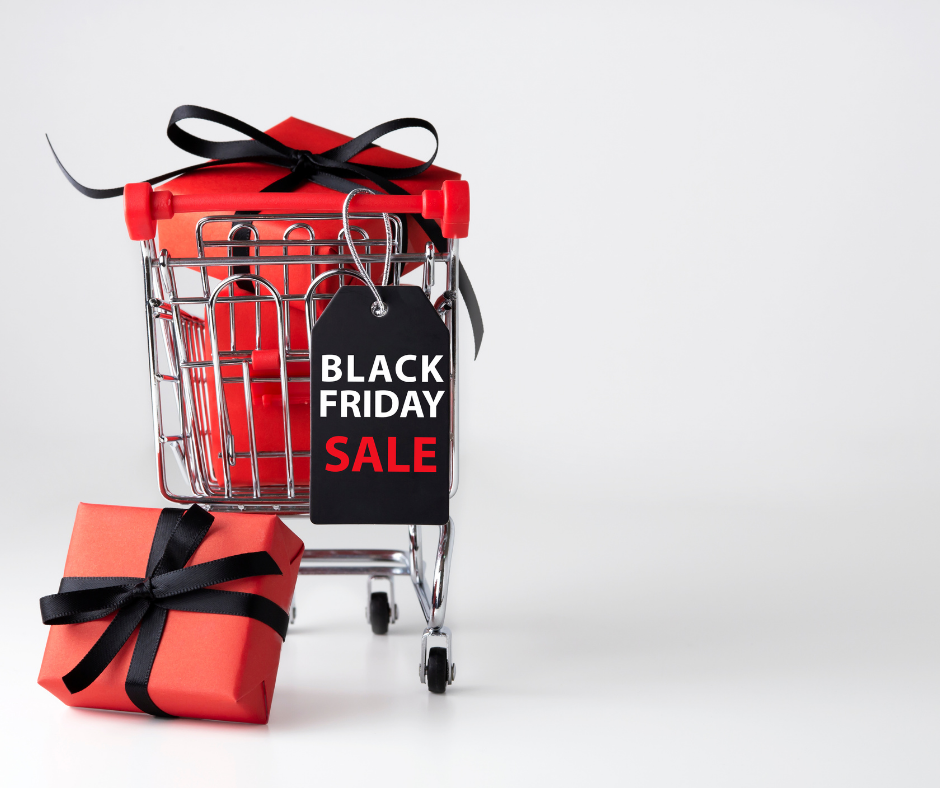
Black Friday is “dead”. The virus has “killed” retail. How many times have these phrases circulated the news and internet in earlier coverage of the seasonal shopping spree? Whilst it’s true that we are unlikely to see the overnight queues of eager customers at 3am in the morning waiting for stores to open, or the in-store rush of people scrambling to get the latest deals, it doesn’t mean Black Friday and Cyber Monday are cancelled - far from it!
This year, we’ve seen e-commerce continue to rise to unprecedented levels of use, and for all retailers, having a stronger online presence and strategy is the key to success. Most have been in peak shopping mode for quite a while, going as far back as July in order to prepare their entire network for the oncoming spike. But, this will be no ordinary Black Friday.
How is it different?
Black Friday & Cyber Monday have always presented a big opportunity for retailers to boost their revenue and gain new customers in the process. According to shopping comparison site, Finder.com, ‘UK shoppers are expected to spend an estimated £6 billion on Black Friday this year’ with 94% of shoppers planning to buy online and 28% to make in-store purchases too - breaking records around the world! So, a bigger than before increase in online shopping is naturally expected.
However, with a second lockdown in place, it is also a very daunting prospect. Black Friday will test your business’s ability to scale, fulfil demand and deliver fantastic customer experience to consumers who are now more accustomed to the idea of browsing from a comfortable couch.
Georgia-Rose Johnson, who is a shopping expert on Finder also highlights that Britain has become financially divided in the aftermath of the pandemic: “the number of people participating is predicted to decrease…” however “overall spend is actually set to be higher.” Evidently, the need to reduce the usual annual spend is clear, with more luxury goods predicted to be at the bottom of the wish list. However, as a result of people spending less on travel costs and socialising during lockdown 2.0, a weekend of sales is a good opportunity for some much-needed retail therapy.
So, what are some of the biggest expectations from Black Friday and Cyber Monday 2020?
Early Shoppers
“It’s beginning to look at a lot like Christmas, everywhere you go.” - Johnny Mathis, you’re not wrong there!
Let’s be honest, this year has a pretty challenging one and we can all agree that a sprinkle of holiday cheer goes a long way now that Halloween has passed. Black Friday is here to inflate hype for the festive season and most shoppers are eager to spend as early as possible. Scott McCall, executive vice president and chief merchandising officer for Walmart U.S., said: “We’ve heard from our customers that many plan on starting their holiday shopping well before Black Friday and that they’re looking for gifts that fit their current lifestyle. So, we’ve adjusted our strategy to adapt to these new shopping preferences – we’re offering more of what they want now, earlier than ever, and all at the best prices.” Items such as loungewear, at-home exercise equipment and entertainment systems are predicted to be the biggest purchases made across the weekend.
Retailers have already started to bring out the bargain offers, online promotions and discounts sooner than usual in order to attract customers outside of peak time and drive sales further. Gift sets and bundles always go down a treat in selling several items at once too. Plus, this will help to alleviate some of the pressure on warehousing and inventory as they have a whole month to be delivered in time for Christmas.
Online meets Offline
We’ve previously mentioned about creating a seamless omnichannel experience for consumers in grocery, but it resonates here with businesses both big and small in the retail industry too. Thanks to BOPIS, people have the convenience they are looking for.
BOPIS (or Buy-Online-Purchase-In-Store) is a seamless shopping experience, combining online buying options with an offline pick up service at their local store. This minimises costs and reduces the level of uncertainty from packages being delivered on time.
Meanwhile retailer’s gain the upper hand by: Building trust with their audience by communicating a safe and reliable brand, giving consumers the chance to purchase additional items and alleviate pressure on their delivery services.
However, NAPCO Research and Radical highlights the potential challenges with BOPIS such as:
- Orders being ready for in-store pick-up at 49%
- Syncing online and in-store inventory at 36%
- Training in-store associates to fulfil online orders at 31%
- Legacy technology systems not sophisticated enough at 19%
At Spike95, our technical experience and knowledge within the retail sector has helped many businesses get through the busiest shopping periods of the year unscathed and survive into the future.
We’d like to wish our clients and all retailers the best of luck and a successful peak trading period!
Once you are through this final peak of 2020 let's have a chat about your plans for next year.[vlt_social_share title="Like this post? Please share it!"]
Related posts
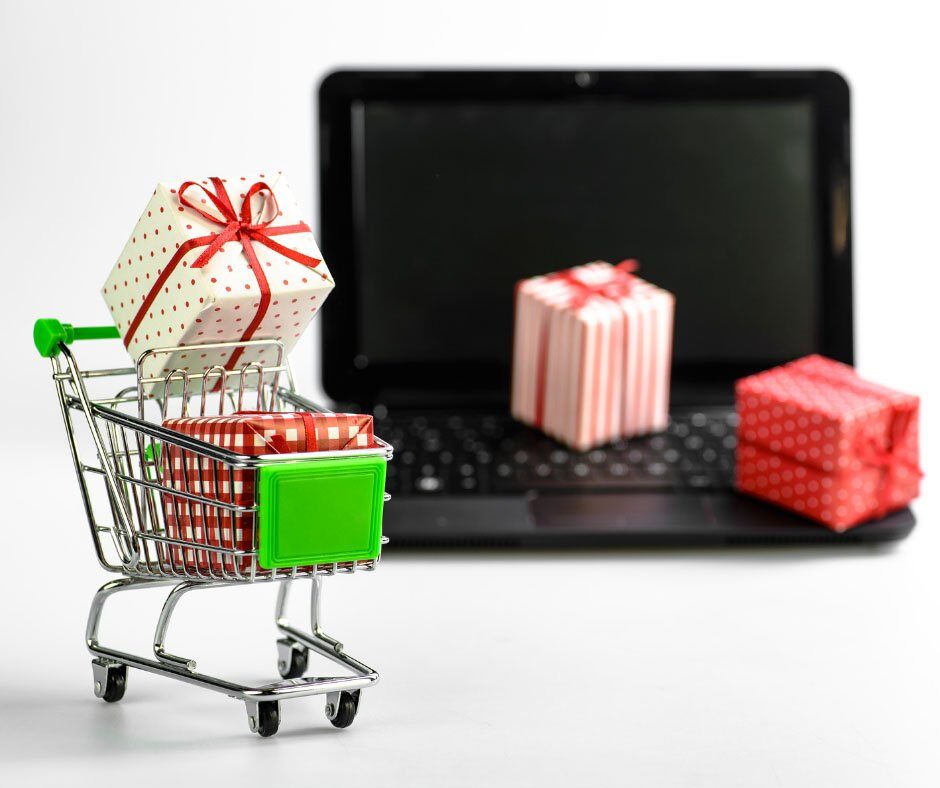
Retailers - Prepare your software for peak seasons!
As we move towards the end of 2020, we’re approaching the most wonderful (and stressful) time of the year where retailers are not only facing one...
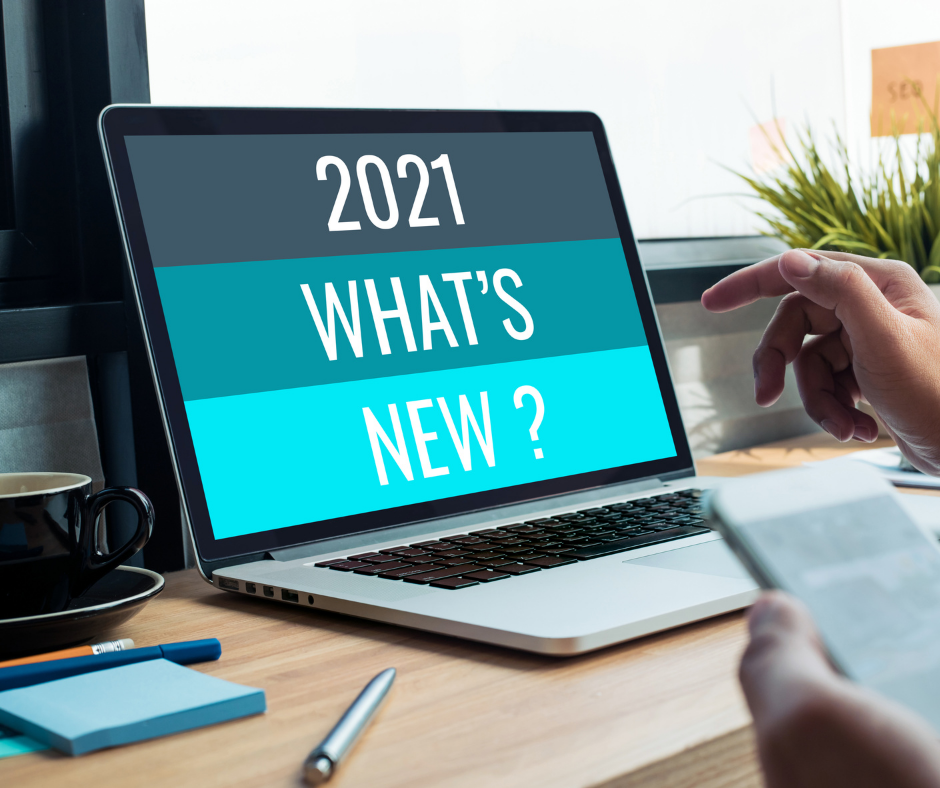
Our Top 5 Retail & Technology 2021 Trends
The past 12 months brought unprecedented and unpredicted disruption to the retail sector, with COVID-19 barely on the long-distance radar as the...
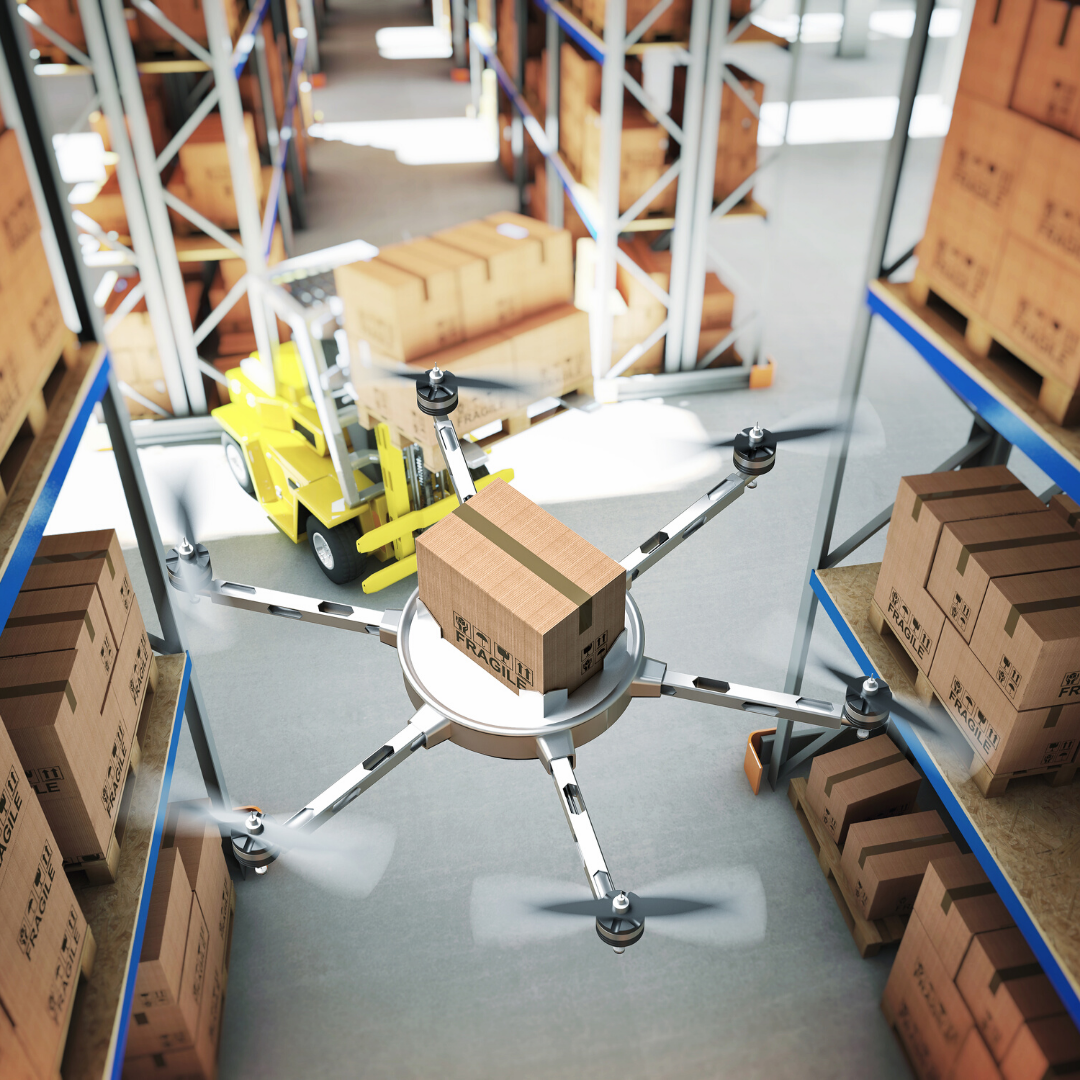
Retailers must use automated testing to their advantage
For retailers in 2020, it really is a year of two halves. The first six months brought lockdown, a shutdown of non-essential retail, and a chance to...
